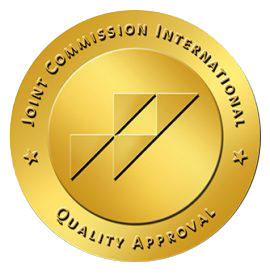Characteristics and treatment patterns of patients with type 2 diabetes in Lebanon: the DISCOVER study
Sami T Azar, Akram Echtay, Mireille Amm, Hajar Ballout, Iskandar Cheaib, Hicham El Nazer, Ihab Fardoun, Ahmad Ghazzawi, Rafic Kenaan, Marie Merheb, Yousef Obeid, Mounzer Saleh, Saria Wakim, Camille Zein
Background
Lebanon is part of the global DISCOVER study, a global, noninterventional, multicentre, prospective study with 3-years of follow-up.
Aims
The aim of this study is to describe real-world clinical practice in terms of type 2 diabetes mellitus (T2DM) disease management and treatment patterns within Lebanon.
Methods
Baseline demographic and clinical parameters were captured on a standardized case report form, according to routine clinical practice at each clinical site.
Results
We recruited 348 patients. At the initiation of second-line therapy, mean duration of diabetes was 6.7 [standard deviation (SD) 6.5] years; mean HbA1c and fasting plasma glucose levels were 8.5% (SD 1.6%) and 178.7 (SD 56.5) mg/dL respectively. Almost half the patients were hypertensive (45.1%) or had dyslipidaemia (48.6%). Metformin monotherapy was used as first-line therapy in 56.9% of the patients and upfront dual therapy in 25%. The primary reason for changing firstline therapy was poor glycaemic control. The main factors in choosing the second-line therapy were efficacy, tolerability and hypoglycaemia.
Conclusion
Clinical inertia was evident in this cohort of patients as they had suboptimal glycaemic control at the time of enrolment and the initiation of second-line therapy. Treatment intensification is required to reduce diabetes-related adverse outcomes.
Read More
Leave a reply Abstract
Background
Lebanon is part of the global DISCOVER study, a global, noninterventional, multicentre, prospective study with 3-years of follow-up.
Aims
The aim of this study is to describe real-world clinical practice in terms of type 2 diabetes mellitus (T2DM) disease management and treatment patterns within Lebanon.
Methods
Baseline demographic and clinical parameters were captured on a standardized case report form, according to routine clinical practice at each clinical site.
Results
We recruited 348 patients. At the initiation of second-line therapy, mean duration of diabetes was 6.7 [standard deviation (SD) 6.5] years; mean HbA1c and fasting plasma glucose levels were 8.5% (SD 1.6%) and 178.7 (SD 56.5) mg/dL respectively. Almost half the patients were hypertensive (45.1%) or had dyslipidaemia (48.6%). Metformin monotherapy was used as first-line therapy in 56.9% of the patients and upfront dual therapy in 25%. The primary reason for changing firstline therapy was poor glycaemic control. The main factors in choosing the second-line therapy were efficacy, tolerability and hypoglycaemia.
Conclusion
Clinical inertia was evident in this cohort of patients as they had suboptimal glycaemic control at the time of enrolment and the initiation of second-line therapy. Treatment intensification is required to reduce diabetes-related adverse outcomes.
Read More







